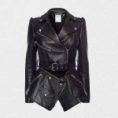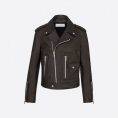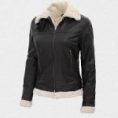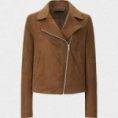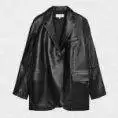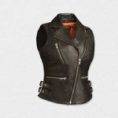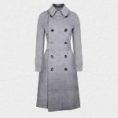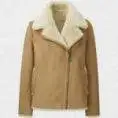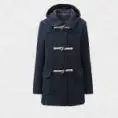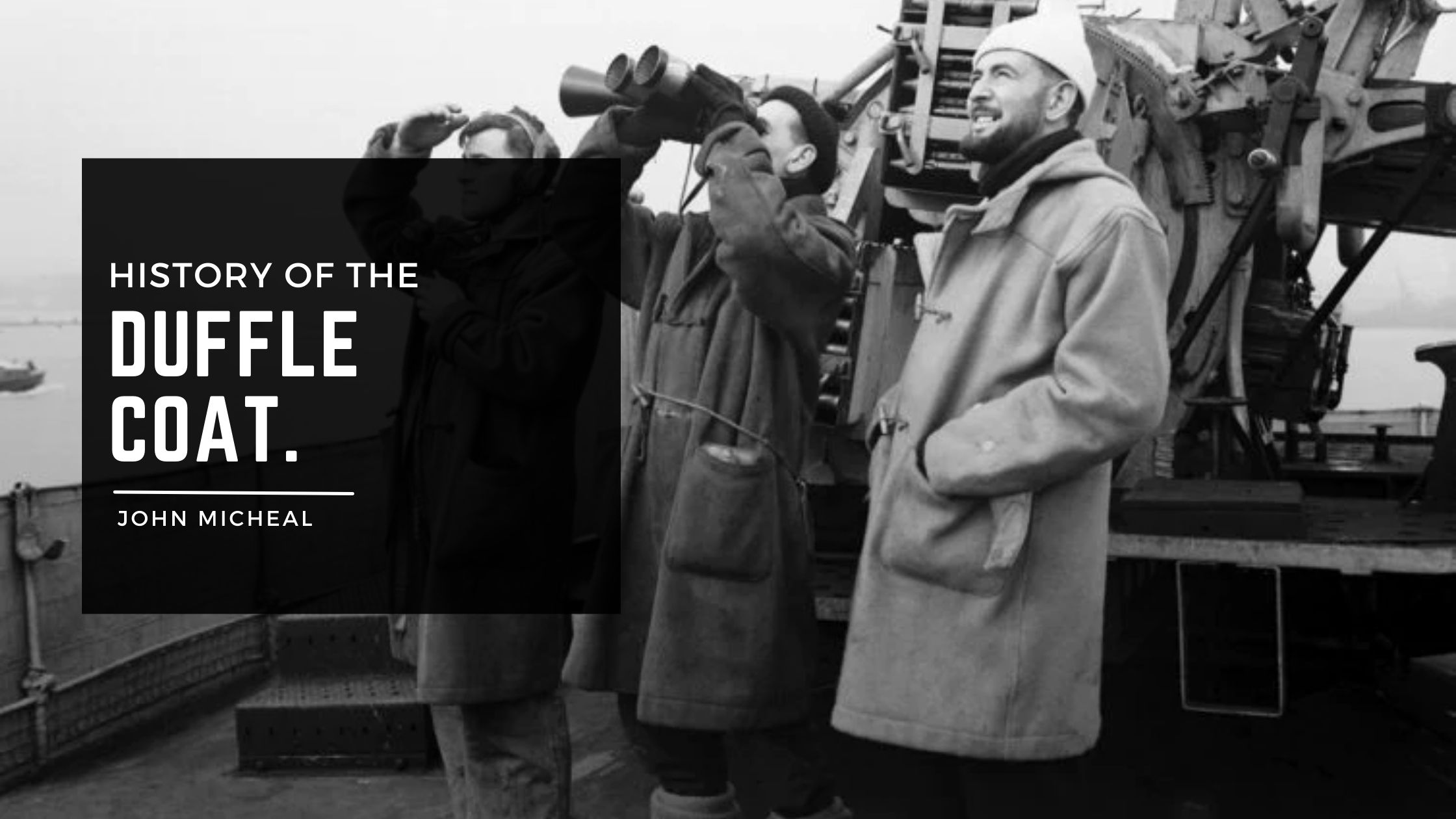Classic, Cosy, Comfortable – this coat is unforgettably timeless.
In the quintessentially British design, the duffle coat is an iconic mix of wooden toggle and jute rope fastenings. Luxuriously oversized, this is the perfect coat to add to your collection this season.
The duffle coat has an extensive history spanning at least a century, having been worn by soldiers, bohemians, and film stars alike. Today, Gloverall, the original purveyors of the post-war duffle, continue to provide high-quality coats that embody the duffle’s resilient spirit.
Read on to find out how the duffle coat gained its notoriety and inspired a generation.
EARLY VERSIONS
Where the classic design of the duffle coat originates from is difficult to pinpoint, though some sources present unproven claims that the coat was first found in Belgium. The duffle coat does appear to be named after Duffel cloth, which was produced in the province of Antwerp in a town called Duffel. In the Middle Ages, local peasants used this water-resistant material to help make coats and garments. They may also (it has been theorized) have used wood and spare pieces of rope or cord to create the characteristic toggle fastenings that make the original duffle coat so recognizable.
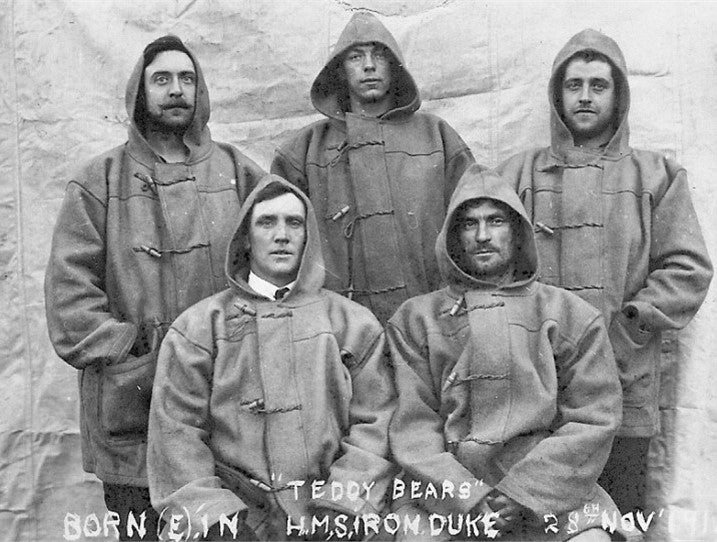
Members of the ‘Teddy Bears’ crew on the HMS Iron Duke, wearing a design reminiscent of the duffle coat in WWI.
It is perhaps more correct to consider the duffle coat as a product of European heritage. The first duffle coats were produced by John Partridge in the 1850s, a manufacturer of outerwear clothing, These were larger and shorter than today’s more fitted designs, with lots of room. Partridge had likely been inspired by 1820s coats from Poland, which also held hoods and toggle closures, and had become more common by this time.
The Navy became interested in adopting duffle coats for their seaman in the 1880s – the larger size, able to fit over a Naval cap, and the easy-to-undo toggle fastenings (even with thick gloves) made them attractive for long voyages in frozen conditions. The duffle coat was a success and began its iconic military use in ships worldwide.
MILITARY DUFFLE COATS
The duffle coat was an attractive option for the Navy especially because they were easily interchangeable, acting as a recognizable uniform. All seamen, no matter their position, wearing the same coat – increasing the regiment’s morale as an equal team. The coat was warm enough to wear in winter and would provide good protection from harsh rainfall. Some modifications were made, such as a longer length and roomy, uniform-fit size. By the end of the war, almost all soldiers, not just seamen, were wearing this universal coat.
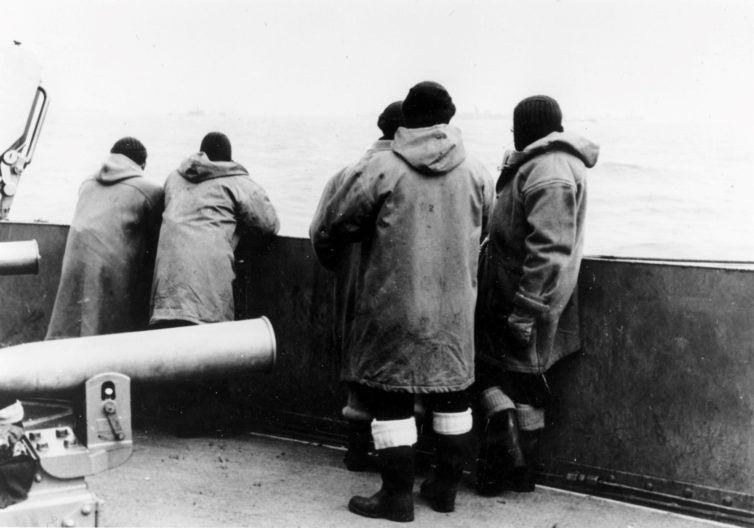
Sailors on deck during the Second World War.
One of the most famous officers who sported the duffle coat at this time was Field Marshal Montgomery. Well-known as ‘Monty’ (inspired the duffle coat nickname), he fought in both the First and Second World Wars, and helped to capture position in Luneburg’s Heath, Hamburg in 1945 through sheer perseverance. Often recognized by his favoured duffle coat, the coat itself became a symbol of that steadfastness and refusal to concede during the post-war period. To wear the duffle coat both during and after the war was to embody the courageous spirit of British victory.
POST-WAR FASHION
Duffle coats first came into civilian hands through WWII surplus. Gloverall was offered a huge number of these wholesale garments in the early 1950s, which became incredibly popular. The desire to hold onto something of the past in this brighter, yet uncertain, future was clearly evident with fashionable youngsters, students especially. When stocks began to run out in 1953, Gloverall introduced a fully civilian duffle coat, with a few more modern changes.
This new duffle coat was undoubtedly fashion-forward, moving on from the military requirements for a slim fit that would also suit women. The lightweight cloth was chosen for a less industrial look and elegant satin-lined inner fabric. Hoods and pockets were made smaller and more useful, and the jute cord was replaced by cotton. For a more luxury finish, the Gloverall name (in owner Freda’s handwriting) was woven in gold onto the label of the new 500 coat.
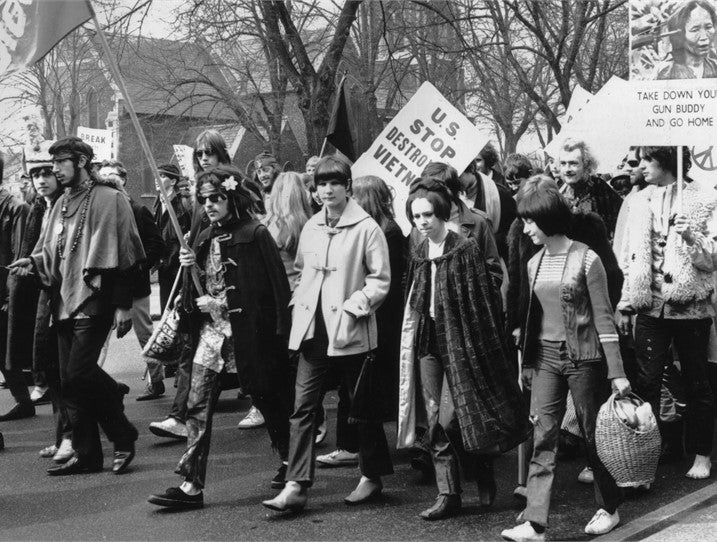
Protesters march against the war in Vietnam in 1968 in Chiswick, England.
In the 1950s and ‘60s, the duffle coats became an iconic fashion item. A favorite with protestors and bohemians, the once-military uniform achieved peak popularity fighting against the establishment for the reception of new ideas. This more modern, lightweight duffle coat was easily transported to the US and Canada, as well as all over Europe, becoming the coat of choice for free-thinking students and intellectuals.
CELEBRITY STATUS
Post-war consumer interest in the duffle coat was also reflected on screen. In The Third Man, Trevor Howard wears a duffle coat throughout the film. Four years later, the duffle coat could also be seen on Jack Hawkins in The Cruel Sea. While the coat hadn’t yet reached peak popularity, the duffle on screen preceded the actors and actresses who would later promote it.
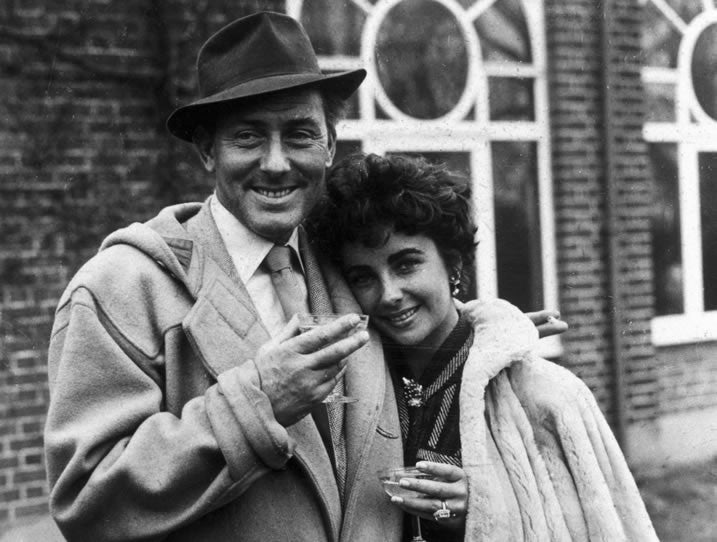
Actor Michael Wilding wears the duffle coat stood with film star wife, Elizabeth Taylor.
One of the most iconic, lasting images of the duffle coat is on childrens’ character Paddington Bear. This beloved anthropomorphized bear hails from Peru to the Central London train station, accompanied only by a battered suitcase, old red hat, and bright blue duffle coat. Writer Michael Bond’s Paddington charmed a still recovering generation with his sweet-tempered politeness and lost sense of home. The nation’s love for Paddington continues uninhibited with more than 100 books and two bestselling feature films.
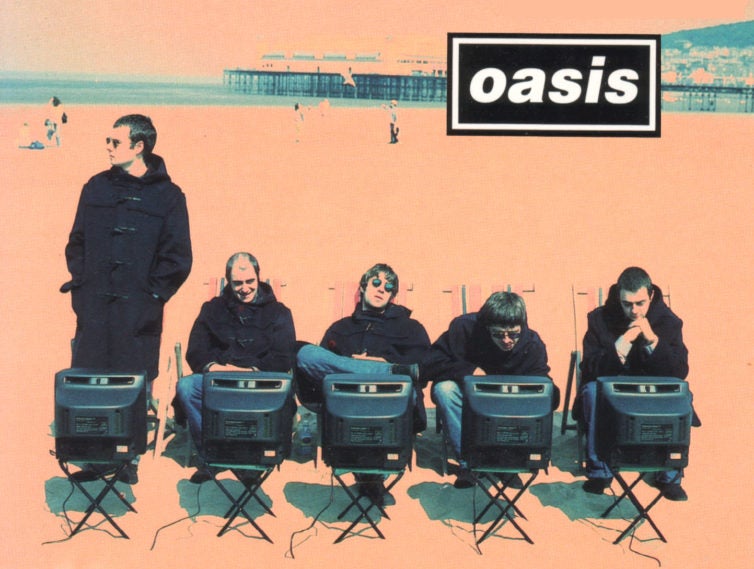
The Oasis Single Cover for ‘Roll With It’.
Celebrities have flocked to the duffle coat over the last half-century, attracted to its relationship with its still-fashionable unconventionality. David Bowie wears the coat in the 1976 film The Man Who Fell to Earth, his outfit meant to signify his otherworldliness. All of the members in Oasis sport the duffle coat on the cover of their 1995 single ‘Roll With It’, undoubtedly non-conformist. Its use in protests in the UK and the US during the ‘50s and ‘60s associated this coat with the search for a different way of life, for something lost, that can be still found its symbolic use today.
The duffle coat is one of the most important fashion garments of the twentieth century. Blend history and tradition with effortless contemporary style with our iconic range of original mens duffle coats.

